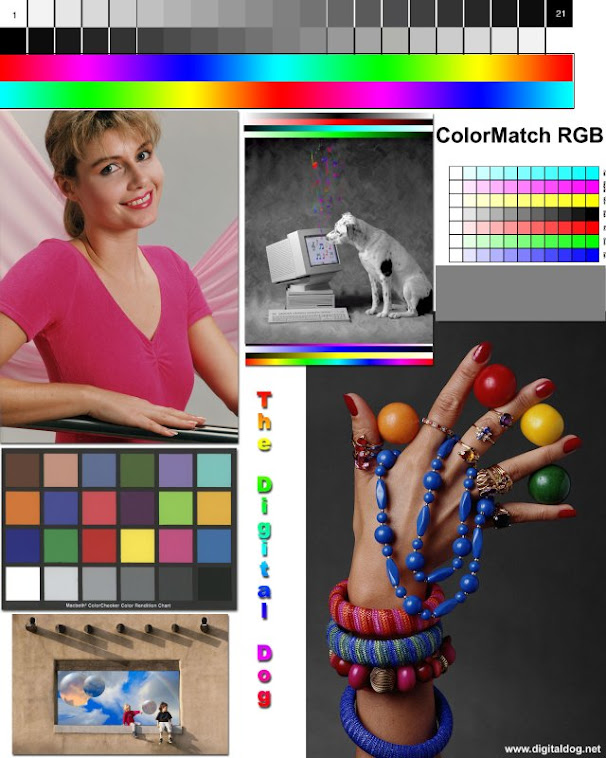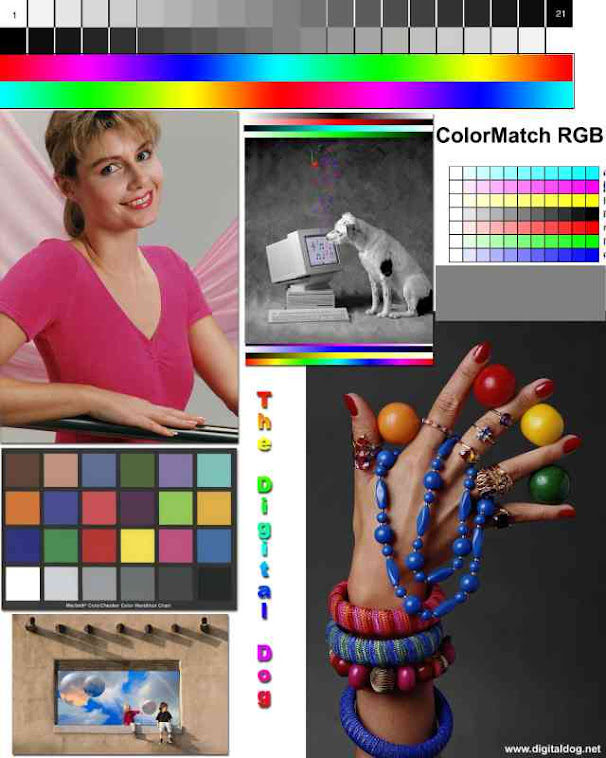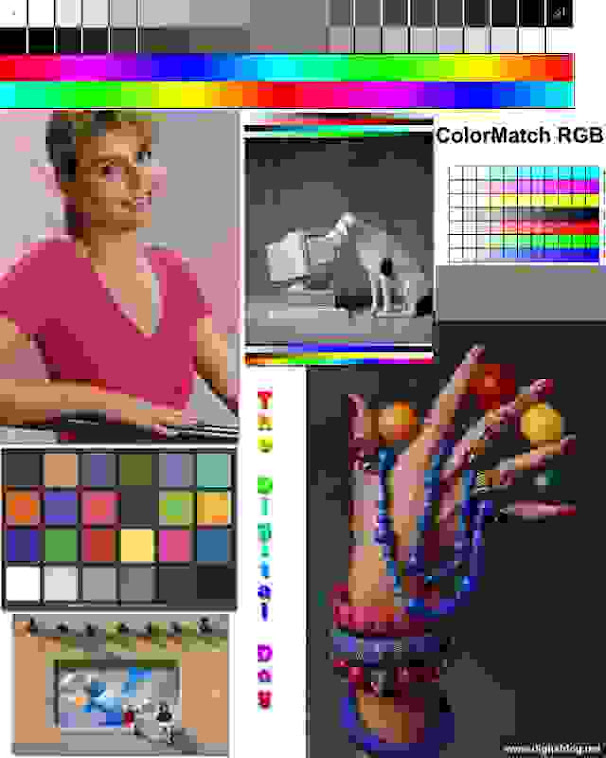I was able to reduce the number of shots in order to form a 360x180 degree panorama to 18, by using the 26mm equivalent focal length of the Fx520. I don't need a tripod, philipod or manual exposure. It is better to use automatic exposure.
8 pictures held vertically at zero degree pitch, i.e. horizontally. 4 pictures help horizontally, tilted up and 4, tilted downwards. One picture pointed up and another pointed down.
8 and 4 around you is easy to determine. Any other number is much more difficult. With Fx520, The overlap is only about 12%(67degree/4*3*8/360) but I was able to stich the panoramic picture using panotools in Hugin. The are areas that are not covered but this is a small price to pay for the convenience. Taking more pictures does not guarantee complete coverage because I tend to make mistakes since I don't use a proper tool.
I was able to take form a panormic picture of my living room which is only about 20 feet long. There is parallax error, but it is manageable. It should be severe for such a small space but the resulting picture is acceptable to me. I tried to stich using enfuse and smartblend. Because there is little cropping, the ghosting effect is sever in enfuse generated panorama, but its exposure is more consistent. Smartblend is very fast and has no ghosting but with more prominent exposure inconsistencies, because I use flash and automatic exposure for all the shots.
Initially smartblend failed to stich but when I switched off the "cropping", the panorama stiched properly.
Tuesday, October 14, 2008
Sunday, October 12, 2008
using smartblend
Smart blend is now my choice for blending software. It is much faster than enblend 3.1 and enfuse that comes with Hugin RC2 for windows. Less than 5 minutes instead of 30 minutes.
Better still, I no longer need to do any cropping in order to improve the resolution of the blended pictures. Enfuse tends to distort the pictures which are not overlapping perfectly, which is usually the case for me since I don't use a pano head.
Enfuse is better at exposure blending but smartblend is better than enblend and does not introduce distortion in overlapped regions. Smartblend probably has an autocrop function.
I just enblendGUI in order to make it easy for me to invoke smartblend but it means that I cannot use other options because smartblend is not compatible with enblend when it comes to specifying options. Have to be satisfied with the default which is good enough for me.
If you want to specify other options, you may need to edit cmd batch files. Enfuse has a good GUI which allows us to specify all options in a GUI environment.
Since I bought the Panasonic Fx520, I was able to compare fixed exposures versus programmed exposures which optimise exposures for each scene. Enfuse is able to merge exposures perfectly and allows us to have an HDR quality viewable panormaic pictures. smartblend is not as good but manageable.
Samples of both techniques are presented in my blog sabahheaven.blogspot.com
smartblend however failed to blend heavily overlapped pictures, such as the case with bracketed exposures. Since I don't use a tripod for my bracket exposures, there are bound to be slight misalignments between bracketed exposures. Enfuse will not be able to blend these pictures without any loss of resolution.
Hugin, though autopano or manual control point insertion, does not allow high precision stiching of pcitures to form a perfect panorama. It is even worse for me because I don't use a pano head. Using philipod, i.e. a piece of string to lock the position of my lens focus point, is not good enough.
In the end, I simply choose the best exposures and blend only one set of panoramic picture. I don't think hugin is well equipped for HDR panorama yet. 3 bracketed exposures also do not give sufficient dynamic range as shown by the HDR viewers.
Better still, I no longer need to do any cropping in order to improve the resolution of the blended pictures. Enfuse tends to distort the pictures which are not overlapping perfectly, which is usually the case for me since I don't use a pano head.
Enfuse is better at exposure blending but smartblend is better than enblend and does not introduce distortion in overlapped regions. Smartblend probably has an autocrop function.
I just enblendGUI in order to make it easy for me to invoke smartblend but it means that I cannot use other options because smartblend is not compatible with enblend when it comes to specifying options. Have to be satisfied with the default which is good enough for me.
If you want to specify other options, you may need to edit cmd batch files. Enfuse has a good GUI which allows us to specify all options in a GUI environment.
Since I bought the Panasonic Fx520, I was able to compare fixed exposures versus programmed exposures which optimise exposures for each scene. Enfuse is able to merge exposures perfectly and allows us to have an HDR quality viewable panormaic pictures. smartblend is not as good but manageable.
Samples of both techniques are presented in my blog sabahheaven.blogspot.com
smartblend however failed to blend heavily overlapped pictures, such as the case with bracketed exposures. Since I don't use a tripod for my bracket exposures, there are bound to be slight misalignments between bracketed exposures. Enfuse will not be able to blend these pictures without any loss of resolution.
Hugin, though autopano or manual control point insertion, does not allow high precision stiching of pcitures to form a perfect panorama. It is even worse for me because I don't use a pano head. Using philipod, i.e. a piece of string to lock the position of my lens focus point, is not good enough.
In the end, I simply choose the best exposures and blend only one set of panoramic picture. I don't think hugin is well equipped for HDR panorama yet. 3 bracketed exposures also do not give sufficient dynamic range as shown by the HDR viewers.
Subscribe to:
Comments (Atom)







